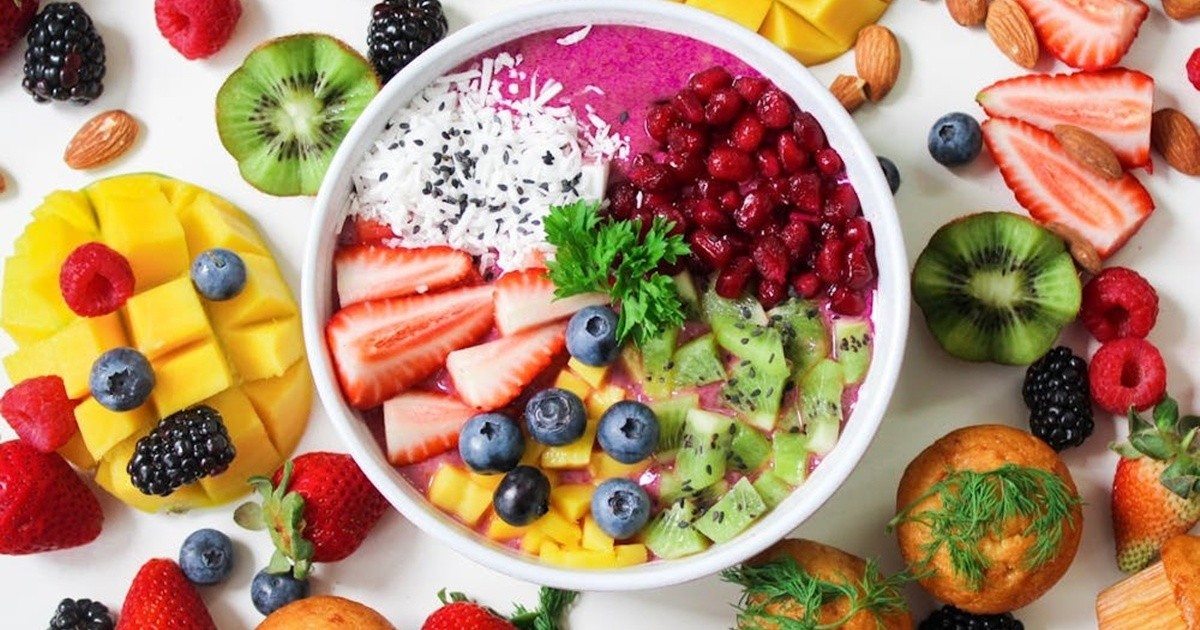Summary
From ghee and rice to protein and detoxes, experts debunk common diet myths that often mislead Indian women about weight loss, hormones, and health
Source: Business Standard
Exclusive AI-Powered News Insights (For Members only)
Disclaimer:This content is AI-generated from various trusted sources and is intended for informational purposes only. While we strive for accuracy, we encourage you to verify details independently. Use the contact button to share feedback on any inaccuracies—your input helps us improve!





